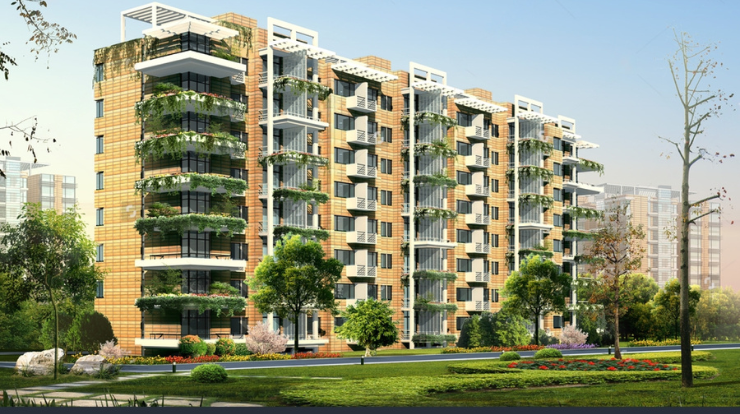Real-Time Lighting Simulation with AR in Dubai Models

Architectural scale models in Dubai have transformed dramatically with the adoption of augmented reality (AR). Traditional static models now blend with digital overlays to provide interactive experiences. Among the most impactful AR features is real-time lighting simulation.
This function allows architects, developers, and investors to understand how lighting conditions affect structures at different times of the day or year. The use of AR in this way brings unmatched value to architectural visualization, especially in a dynamic city like Dubai.
Understanding AR Interfaces in Architectural Models
Augmented reality interfaces enhance physical scale models by overlaying digital content. In Dubai, model makers integrate AR using tablets, smartphones, or headsets. These devices project 3D animations, environmental effects, and lighting simulations directly onto the physical model. Viewers see the real model and digital effects combined in real time.
The core value lies in the AR software’s ability to replicate environmental variables. This includes natural sunlight, artificial lighting, seasonal changes, and shadow play. Dubai’s unique sun path and skyline make this technology especially useful in high-rise and coastal developments.
Why Lighting Simulation Matters in Dubai Projects
Dubai’s architecture often focuses on luxury, innovation, and visual appeal. Lighting plays a huge role in highlighting design intent. Architects must consider how sunlight will hit façades, courtyards, and glass surfaces. In the harsh Middle Eastern climate, shading and glare control are also major factors.
Real-time lighting simulation through AR helps stakeholders visualize these elements early. It reduces guesswork and supports better decision-making. For example, a developer can view how light enters a building’s lobby at 4 p.m. during summer or winter. These insights help fine-tune material choices and structural angles before construction begins.
How AR Simulates Daylight and Seasonal Variations
AR interfaces use data from GPS coordinates, solar positions, and time algorithms. When applied to architectural models, the AR system projects sun paths based on Dubai’s exact latitude and longitude. As users change the time of day or season, the shadows and highlights on the model shift accordingly.
This creates a realistic simulation of lighting behavior throughout the year. For instance, a luxury villa in Palm Jumeirah can be evaluated for how much sunlight it receives during winter mornings or summer afternoons. Designers can then optimize window placement, shading systems, and orientation.
Integrating Artificial Lighting in AR Models
Beyond natural light, AR can also simulate artificial lighting systems. This includes streetlights, façade uplighting, indoor fixtures, and landscape lighting. In Dubai’s hospitality and retail projects, night-time appeal is just as crucial as daytime aesthetics.
Using AR, viewers can turn on specific lighting schemes within the model. They can see how light spills across pathways, pools, or balconies. This is especially useful for hotels, resorts, and commercial zones where ambiance and visibility are vital.
Some AR systems even allow switching between lighting scenarios. For example, a client can compare warm versus cool lighting tones or explore how LED fixtures illuminate specific architectural scale model Dubai features.
Benefits for Stakeholders and Decision-Makers
One of the biggest advantages of AR-based lighting simulation is clarity. Non-technical stakeholders often struggle to interpret CAD renderings or lighting diagrams. AR offers a user-friendly way to see lighting concepts in action.
Real estate investors in Dubai can walk around a scale model and view different lighting conditions from any angle. They can pause the simulation at sunrise or sunset, zoom into shaded areas, or explore reflections on glass structures. This makes discussions more productive and visually aligned.
Clients can request changes based on what they see. This could include extending overhangs, adjusting window heights, or rethinking outdoor lighting. The changes can then be tested again in real time with the AR system, improving workflow efficiency.
Applications Across Dubai’s Architectural Landscape
AR lighting simulations are being used in a variety of projects across Dubai. These include residential communities, commercial towers, museums, theme parks, and cultural centers. Developers such as Emaar and Nakheel are exploring these technologies to enhance presentations.
For waterfront developments like Dubai Creek Harbour or The World Islands, lighting plays a crucial role in night-time identity. AR models allow designers to fine-tune skyline views, reflections on water, and visibility from surrounding areas.
Even government projects related to infrastructure or transportation benefit from this. For instance, light distribution in public plazas, pedestrian zones, or metro stations can be analyzed directly on AR-enhanced models.
Reducing Errors and Enhancing Efficiency
Using AR lighting simulations early in the design phase reduces costly errors. If natural lighting is found to be inadequate for a specific room or plaza, it can be fixed before construction. This avoids retrofits or late-stage revisions.
Model makers in Dubai often collaborate with lighting designers and AR developers to build integrated models. These models are more than just visual—they become tools for energy efficiency, sustainability, and compliance with building codes.
AR also speeds up approvals from clients and authorities. Seeing actual lighting behavior helps reviewers make faster, more informed decisions.
The Future of AR in Architectural Models Dubai
As AR technology evolves, real-time lighting simulations will become more advanced. Future systems may include weather effects like clouds or sandstorms. AI could assist in optimizing lighting setups based on project goals. Holographic interfaces and hands-free devices may make interactions even more intuitive.
Dubai, with its vision for smart cities and sustainable innovation, is an ideal place for these advancements. Architectural scale models with AR lighting features will continue to grow in importance, shaping how buildings are planned, sold, and experienced.
Conclusion
AR interfaces bring a new level of realism to architectural scale models in Dubai. By simulating real-time lighting effects, they empower stakeholders with visual clarity and environmental insight. This technology bridges the gap between physical models and digital data. In a city that thrives on futuristic design, AR-enhanced models are not just a trend—they are becoming a necessity.



